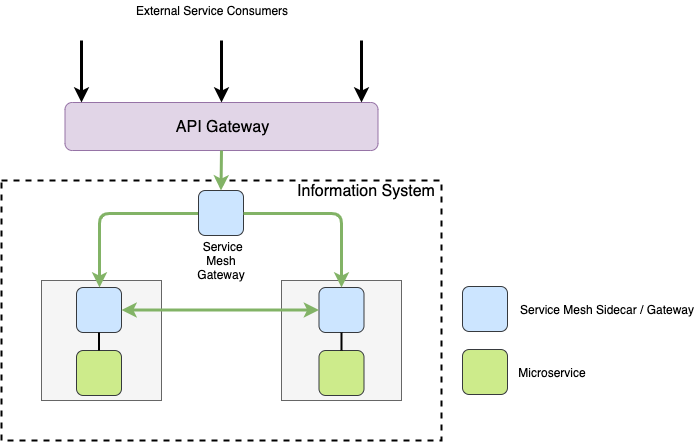The year 2020 has started like the previous ended, with the X-Road development going on full steam. The first X-Road release of the new decade saw the daylight in February, which means that X-Road releases have now been published in three decades. The first production-level X-Road version was released in 2001 – almost 20 years ago. It does not mean that X-Road is cooling down – on the contrary, the near future brings a bunch of changes to X-Road that take it to the whole new level. However, getting there does not happen overnight.
The changes are implemented using an iterative approach, which means that every new X-Road release brings something new to the table. The changes start from version 6.24.0, but the most significant milestone will be the release of X-Road 7 in 2021. We have published a high-level X-Road development roadmap for 2020 so that everyone can see what kind of new features are coming out and when. The roadmap is available on the X-Road website.
The first release of the year, version 6.23.0, was published in February. The release was all about the Central Server, and it introduced changes in the Central Server high-availability support. More information about the changes can be found in my previous blog post and the official release notes.
“The first production-level X-Road version was released in 2001 – almost 20 years ago. It does not mean that X-Road is cooling down – on the contrary, the near future brings a bunch of changes to X-Road that take it to the whole new level.”
New Security Server admin UI and API
As you probably know, we have been working on the new Security Server UI and administrative REST API for some time already. The work is not fully completed yet, but at this point, it can be said that the new UI and API will be included in version 6.24.0. The release of the new UI and API is probably the most significant change in X-Road core since the first release of X-Road version 6 in 2015 – even more significant than the long-awaited REST support in 2019. Technically, the new UI and API are built on top of the existing X-Road core. However, the implementation technologies have been updated in the process.
The new UI provides improved user experience (UX) for Security Server administrators. The new UI has a new look and feel, and it makes taking care of administrative tasks easier and supports streamlining the onboarding process of new X-Road members. The administrative REST API will enable automation of Security Server maintenance tasks since all the features that are available through the UI are available through the API too. Maintaining and operating multiple Security Servers can be done more efficiently as configuration and maintenance tasks require less manual work.
“The release of the new UI and API is probably the most significant change in X-Road core since the first release of X-Road version 6 in 2015 – even more significant than the long-awaited REST support in 2019. ”
Supported platforms
Currently, the Security Server officially supports Ubuntu 18.04 LTS and Red Hat Enterprise Linux 7 (RHEL7) platforms. Instead, the Central Server and Configuration Proxy officially support only Ubuntu 18.04 LTS.
In 2020 official support for Ubuntu 20.04 LTS will be added to the Central Server, Configuration Proxy, and Security Server. Also, official support for RHEL8 will be added to the Security Server.
Version 6.21 is the last X-Road version that supports Ubuntu 14.04 LTS. It is good to keep in mind that once the version 6.24.0 is released, the version 6.21 drops out of the supported X-Road versions list. X-Road components still running on Ubuntu 14.04 LTS host cannot be upgraded to a newer X-Road version anymore without first upgrading the underlying host operating system.
X-Road 7
The development of the core components of X-Road version 6 continues actively throughout the year 2020. It has been decided that X-Road 7 will be built on top of version 6, which means all the enhancements implemented for version 6 will benefit the development of version 7 too. Making the current codebase more modular and reducing technical debt are also important goals for this year. Enabling the smooth implementation of new features planned for version 7 requires implementing certain changes to the current codebase upfront. However, the aim is to implement all the changes in a backwards-compatible manner. It means that the version upgrade between version 6 and 7 is no different compared to a version upgrade between the minor versions of version 6.
X-Road 7 will be implemented iteratively using agile software development methods. It means that changes and new features will be implemented in small pieces, every new version building on top of the previous one. In practice, this means that the first release of X-Road 7 will not include all the new features planned for version 7, but only a minimal subset of them. In the following versions, new features will then be added piece by piece and existing features are further developed based on the user feedback.
At the same time, with the technical track, we’re also actively working on the design of X-Road 7. Multiple activities will be carried out throughout the year, and X-Road users and stakeholders will have an active role in the process. Feature-wise, the target areas for this year are messaging patterns, message logging, and onboarding process.
“X-Road 7 will be implemented iteratively using agile software development methods. It means that changes and new features will be implemented in small pieces, every new version building on top of the previous one.”
X-Road extensions
In addition to the X-Road core, the maintenance and further development of two X-Road extensions will be handed over to NIIS by the Estonian Information System Authority (RIA). The extensions are X-Road 6 Monitor Project and Mini Information System Portal 2 (MISP2). The handover will take place during the first half of 2020.
X-Road and eDelivery
X-Road and eDelivery are both data exchange solutions that have been successfully used in multiple implementations in several countries and / or projects. They both provide a standardised and secure way to exchange data over the Internet. eDelivery is a building block of the Connecting Europe Facility (CEF).
NIIS is currently implementing a gateway between eDelivery and X-Road that will enable data exchange between eDelivery and X-Road ecosystems. A technical proof-of-concept level implementation has already been completed, and more detailed design is being drafted in collaboration with the European Commission’s Directorate-General for Informatics (DIGIT). The actual implementation of the gateway will begin later this year.
NIIS is looking for organisations that are interested in piloting the gateway. In case your organisation is an X-Road or eDelivery user and would like to exchange data with an organisation that is using the other platform, please contact NIIS for more detailed information.
“NIIS is currently implementing a gateway between eDelivery and X-Road that will enable data exchange between eDelivery and X-Road ecosystems. A technical proof-of-concept level implementation has already been completed.”
Want to know more?
If you’re interested in more detailed information about the upcoming changes, please visit the X-Road backlog. Anyone can access the backlog, and leave comments and submit enhancement requests through the X-Road Service Desk portal. Accessing the service desk requires creating an account that can be done in a few seconds using the signup form.
When X-Road is developed, and new features are added, the X-Road technology stack changes too. X-Road Tech Radar provides up-to-date information on different technologies used in X-Road.






















